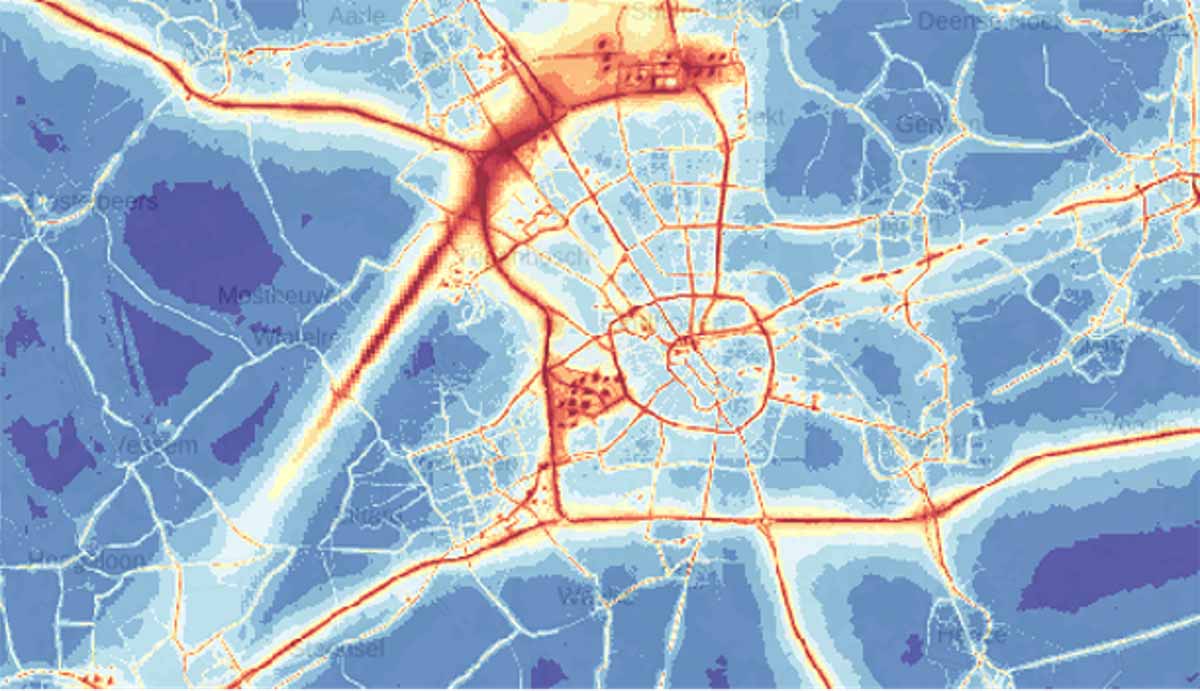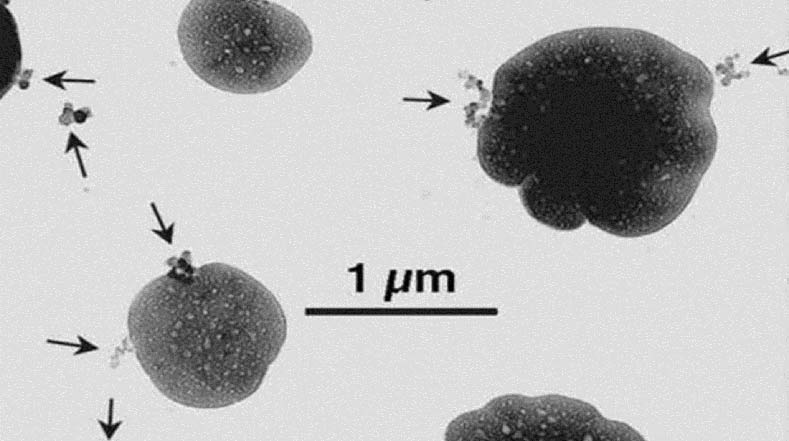
Why the current particulate matter standard does not solve the problem
In the Netherlands, we are on track to achieve the European particulate matter standard, although since 2015, the effectiveness of measures has declined. Even if the particulate matter standard is met, this does not eliminate the health risks. Figures show that a considerable amount of damage to health is still being caused by exposure to particulate matter. For this reason, Hugo Denier van der Gon, researcher in Climate and Air Quality, and his colleagues argue for a new approach that yields greater health benefits.
The current particulate matter standard in the Netherlands
The particulate matter standard used in the Netherlands is based on the mass of all particulate matter present in one cubic metre of air. The less particulate matter in the air, the better it is for the health of those who are exposed to it.
This is true to a certain extent. However, not every particulate has the same impact on health. The mass of particulate matter in the air has decreased significantly in recent years. Emissions from major sources of particulate matter, such as vehicle traffic, have been reduced by among other measures, the introduction of diesel particulate filters and cleaner engines. As a result, we are now within the particulate matter standard.
Nevertheless, many people are still falling ill: since 2015 the number of life years lost through long-term exposure to particulate matter has barely continued to decrease. So it’s time for a different approach.
“The smallest particulates do not contribute significantly to the mass of particulate matter in the air. But we know that they are especially harmful”
Measuring and monitoring based on reactivity
“We need to look more specifically at what particulate matter is”, says Hugo Denier van der Gon. “What causes one particle to harm humans more than another?
First of all, the health impact is related to the chemical reactivity* of the particulate mixture. It depends on properties such as the chemical composition (which varies from one source to another), shape, solubility and size of the particles. The smallest particles do not contribute much to the mass of particulate matter in the air. But we know that they are especially harmful because they penetrate deeper into the lungs and can even enter the bloodstream.”
Particulate policy by location
“The harmfulness of particulate matter in terms of exposure is also not the same everywhere”, Denier van der Gon continues. “If a large concentration of harmful particulate matter is measured in a busy place in a big city, then the situation would call for more immediate action than if the same reactivity were observed along the motorway in an area with fewer people. It is best to focus on tackling that particular urban location in order to achieve maximum health gains.”

5-step plan for greater health gains
In the Netherlands, we are committed to achieving the target set in the Clean Air Agreement (SLA): halving the damage to health caused by air pollution from Dutch sources by 2030. In order to achieve this ambitious goal, we need to be more focused on tackling the most harmful particulate matter, according to Denier van der Gon.
“We need to develop a suitable unit, a benchmark, that is measurable and which allows us to determine the health implications of a particulate mixture by weighing the reactivity of all components, in addition to measuring only particulate mass. This means looking at the size, shape, reactivity and source of the particles.
It’s also important to know who is being exposed to these particles, and where. There already are candidates for this benchmark, for example the so-called “oxidative potential**”, so we can get started. Then we need to measure the benchmark routinely in order to know where urgent action is needed, and to be able to make predictions and, at a later stage, to determine the effectiveness of the measures.
A 5-step plan for a new particulate matter approach has been developed in collaboration with all parties who subscribe to the Clean Air Agreement to ensure that the Netherlands will be truly clean and demonstrably healthy by 2030.”
A few definitions:
*Chemical reactivity indicates the degree to which a particulate matter can cause reactions in the body that can lead to illness or the aggravation of an illness, and **oxidative potential is a way of measuring some of these chemical reactions.
Want to know more about our vision for a new approach?
Download the paper “Particulate matter: standard achieved, problem not solved”
Get inspired
Mapping out biodiversity thanks to particulate matter filters


Particulate matter, an elusive problem - but what is particulate matter?


A more effective particulate policy in five steps



